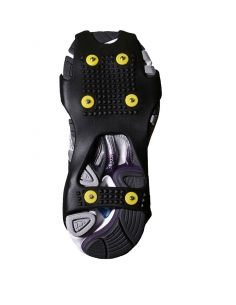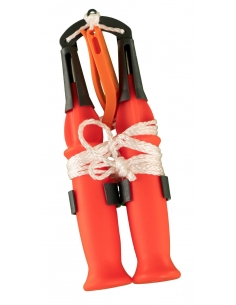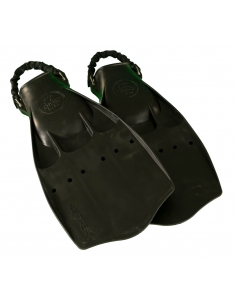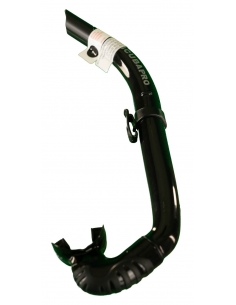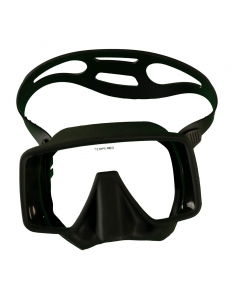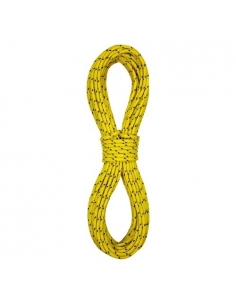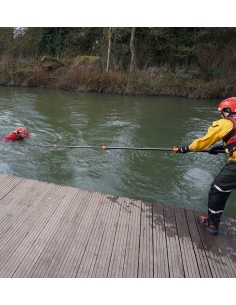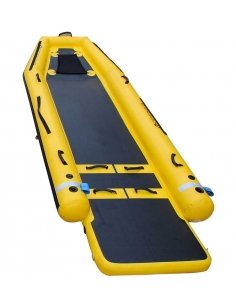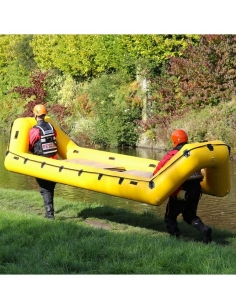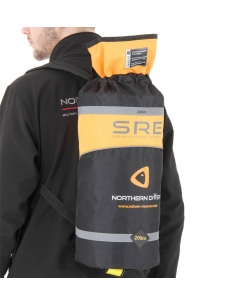Are rescue divers properly prepared?
Most missions rescue divers are called out on don’t in fact involve diving but do involve having to stay on the surface for prolonged periods to carry out rescue work
Most surface rescue operations in the Nordic Countries are in winter. A surface rescue swimmer must work fast because the odds are against humans being able to stay alive for any length of time in freezing water. There are many reasons why someone might end up in the water and be about to drown: They could be out on a frozen lake or frozen river doing ice fishing, skiing or skating and break through a patch of bad ice caused by currents or simply because they lack experience. Health issues, lack of fitness, not being able to swim when wearing winter clothing, currents and undertows, etc., can all worsen the situation as the body temperature falls.
These are, without a doubt, people who will die if they don’t get help fast. But the chances of saving lives when people end up in cold water can be better than expected. Sometimes a person can be resuscitated after their heart has stopped beating – even for as much as an hour after it stopped, when they have been floating in cold water.
Suits
Our suits to SAR personnel are the result of a long-term cooperation with leading professionals in this niche. There are particularly high demands on suits and accessories for personnel who are to save lives.
We are proud of the fact that we have entered into a long-term cooperation with Norwegian Society for Sea Rescue (NSSR) for deliveries of suits, lifejackets and other equipment for both the permanent and volunteer crews.
The suits are designed for full freedom of movement, without fluttering fabric around the body. The outer fabric is breathable, - therefore, great emphasis has been placed on the pockets and functional details promoting these properties, ie the least possible areas with double fabric where the body generate the most heat.
The SeaSwim concept is an ultra-flexible program consisting of suits with a variety of options in terms of both outer fabric, cuff solutions, pockets, markings and sizes. Check out the options! Remember that we produce these suits locally, and our quick response production line gives you the opportunity to get your suits delivered at very short notice.
What is Surface Rescue?
Surface rescue is the rescuing of a person or persons in life threatening situations in water, without diving. In these situations, it’s standard procedure to deploy a team of minimum 4 swimmers each equipped with everything necessary such as specially designed rescue dry suits, swimming gear such as snorkels and fins, rescue ladders and safety lines, etc.
Depending on whether they are dealing with a situation in open water or on ice, a boat or specially designed ice rescue board known as a "Hansabrett" may also be used.
Surface rescue can be divided into three categories:
Winter Rescue:
Life-saving operations in water below 5 degrees and / or through ice.
Summer Rescue:
Life-saving operations in water above 5 degrees.
River Rescue:
Life-saving operations in rapid flowing water with strong currents.
Who ensures the safety of the rescuer?
As it is not carried out under water, surface rescue is not regulated by law and is not covered by Health and Safety regulations. This means that for anyone involved in surface rescue it’s up to them to make sure they give priority to their own safety and that they themselves must make appropriate demands on the service they belong to, to ensure their safety.
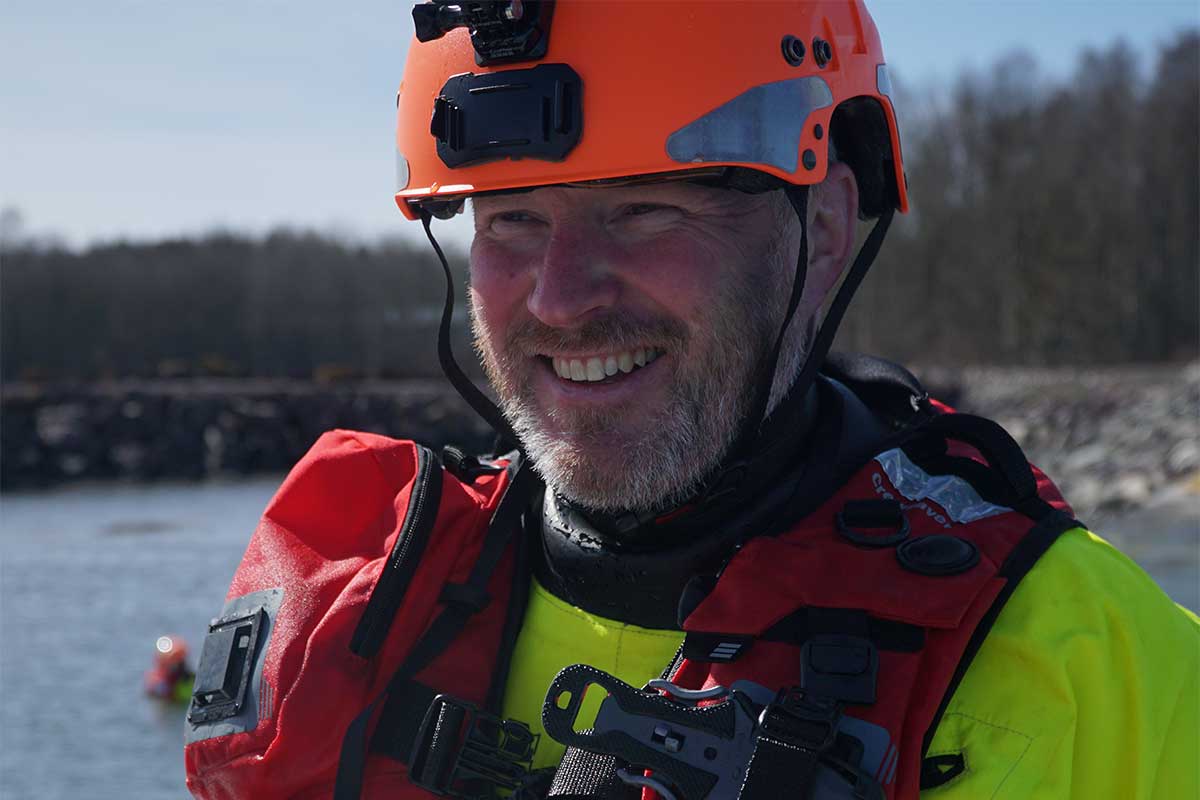


 Bokmål
Bokmål English
English

